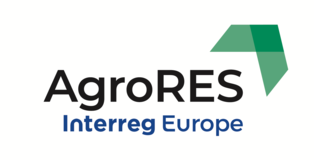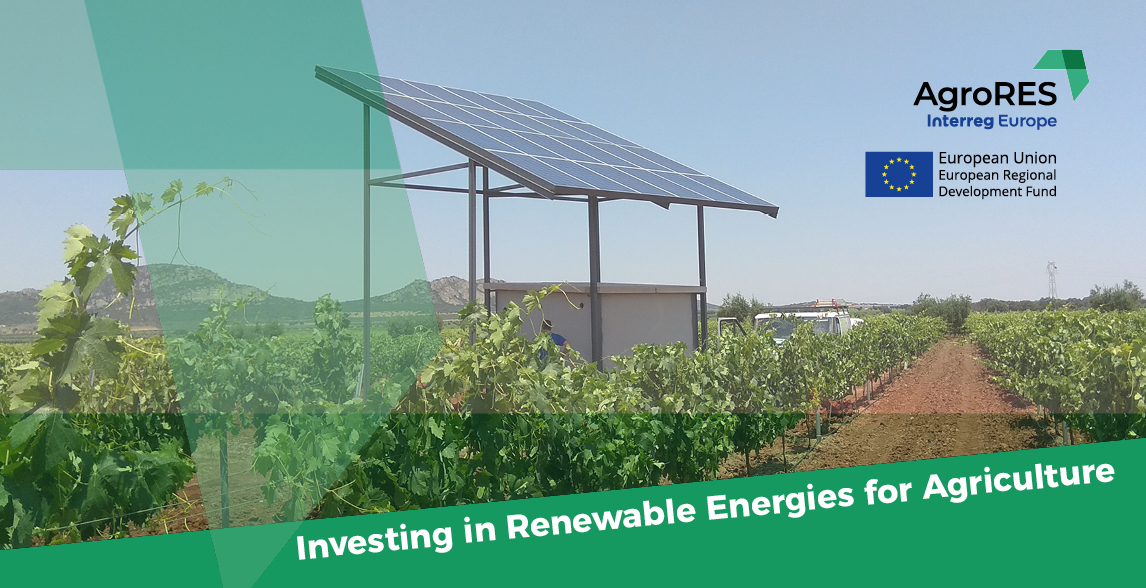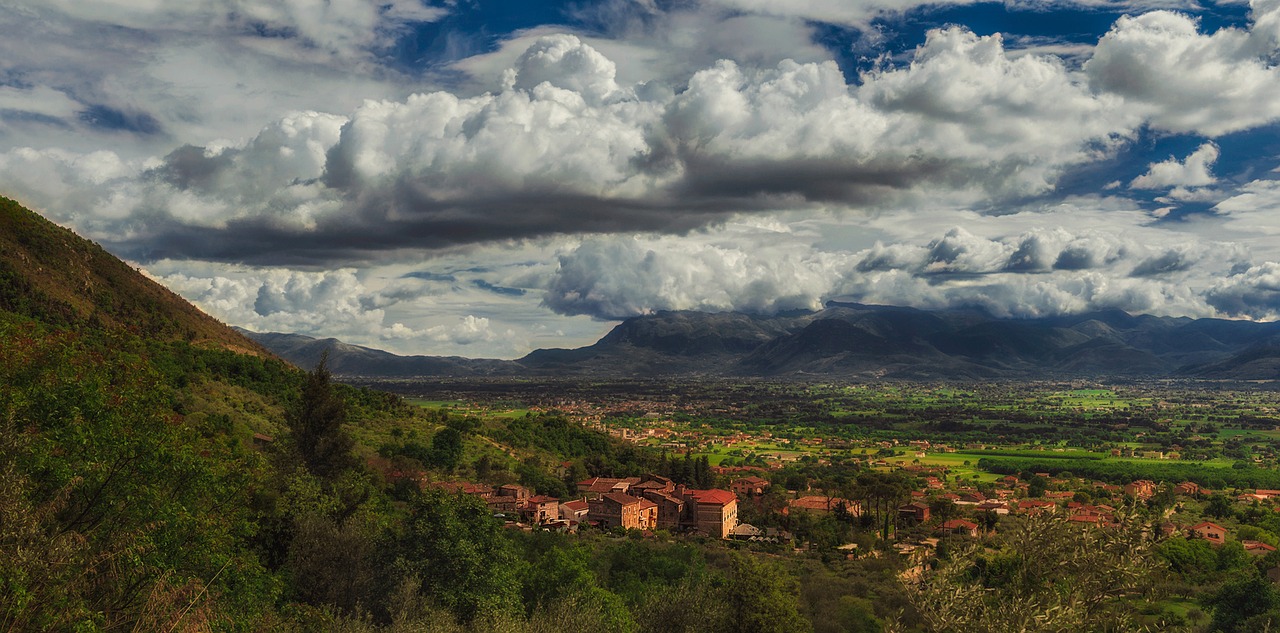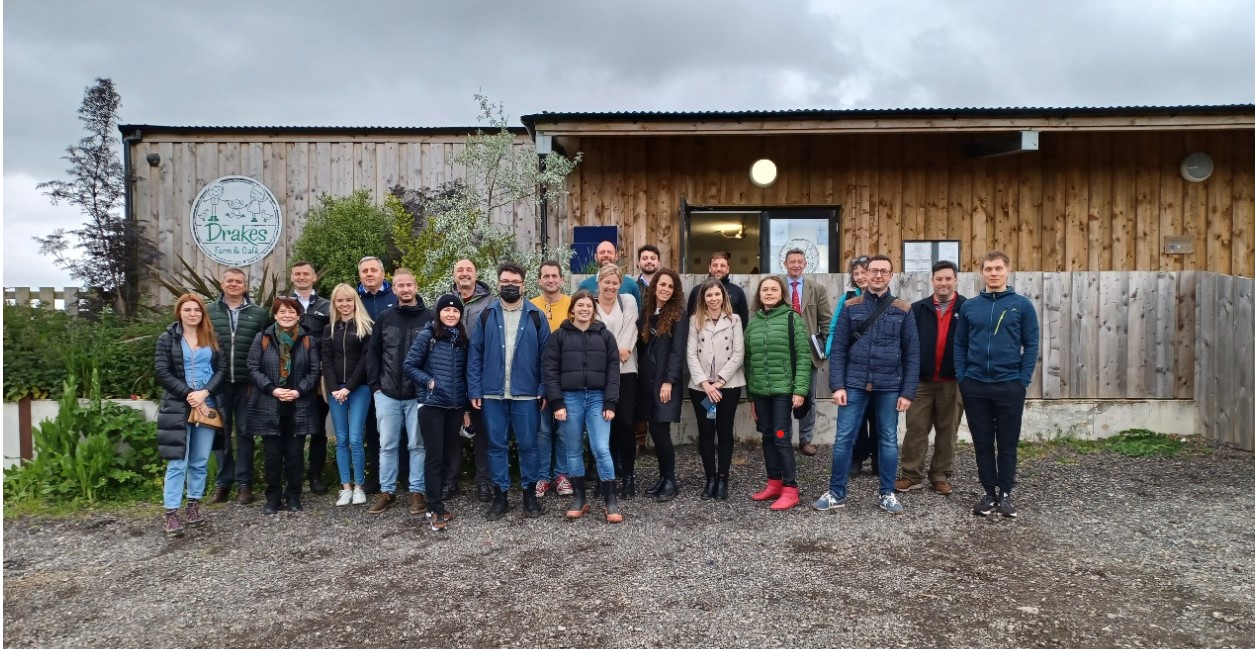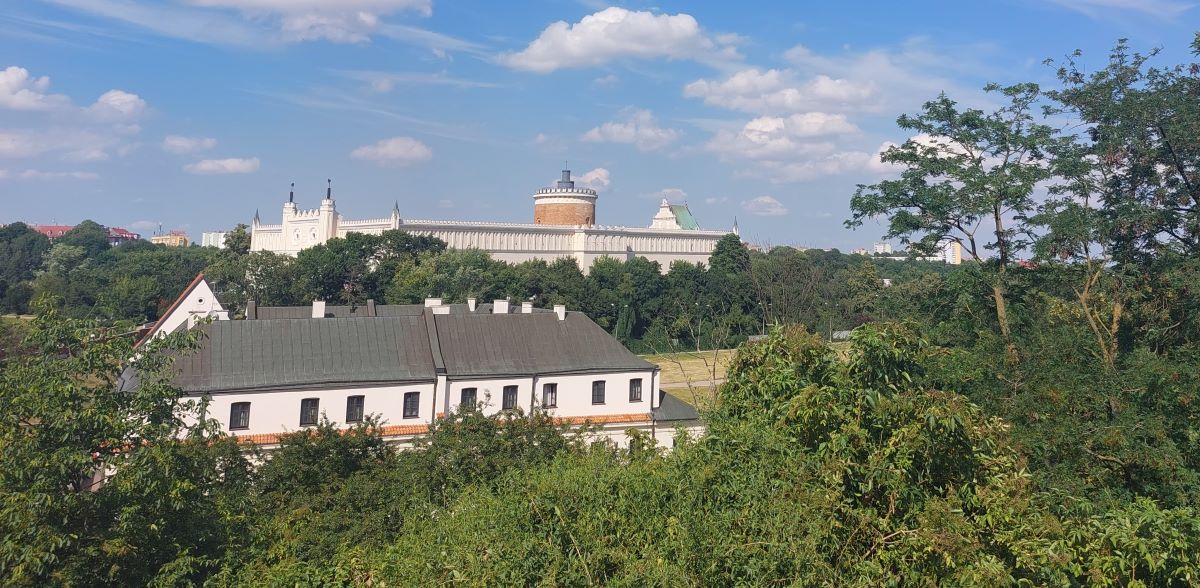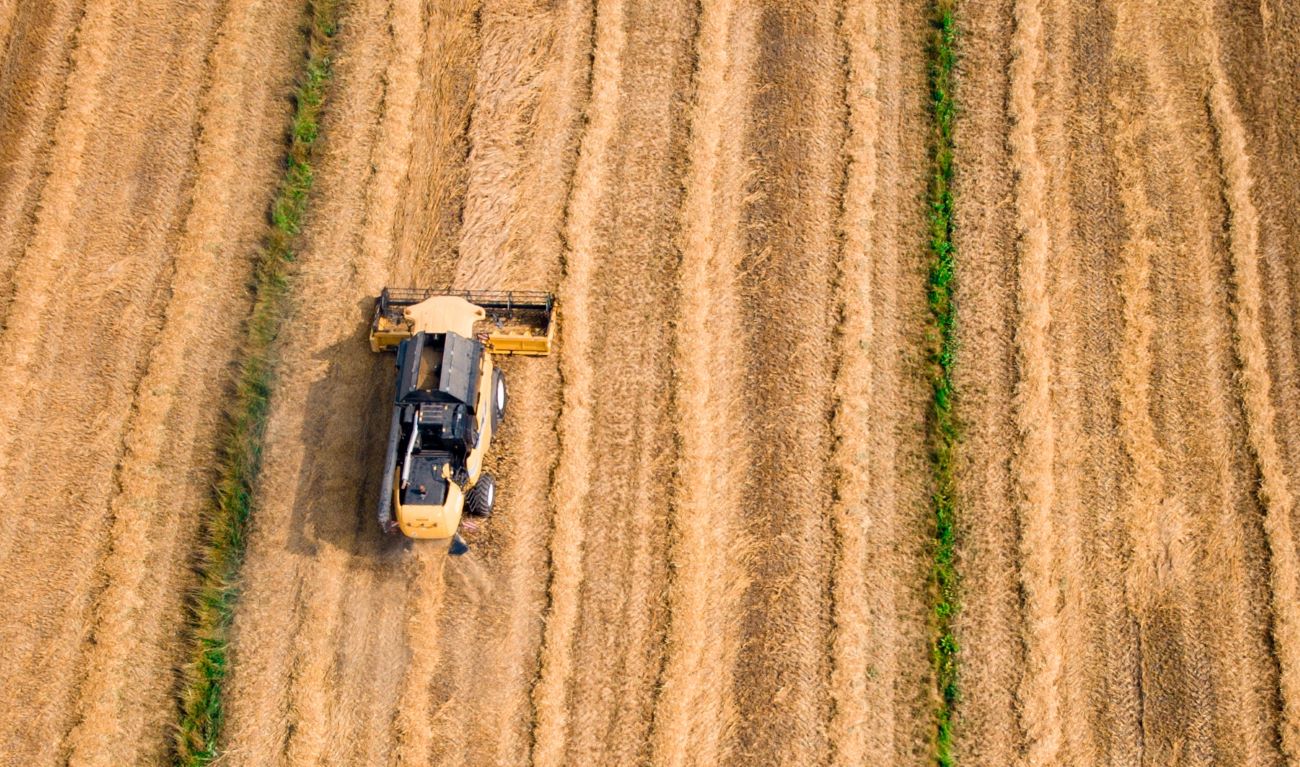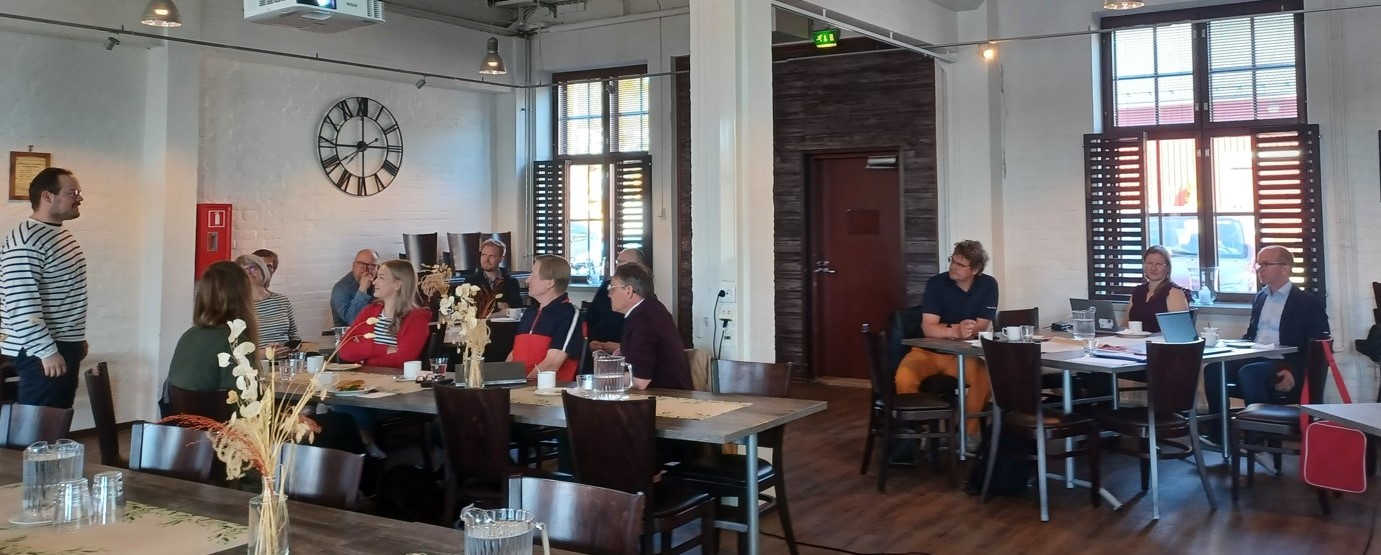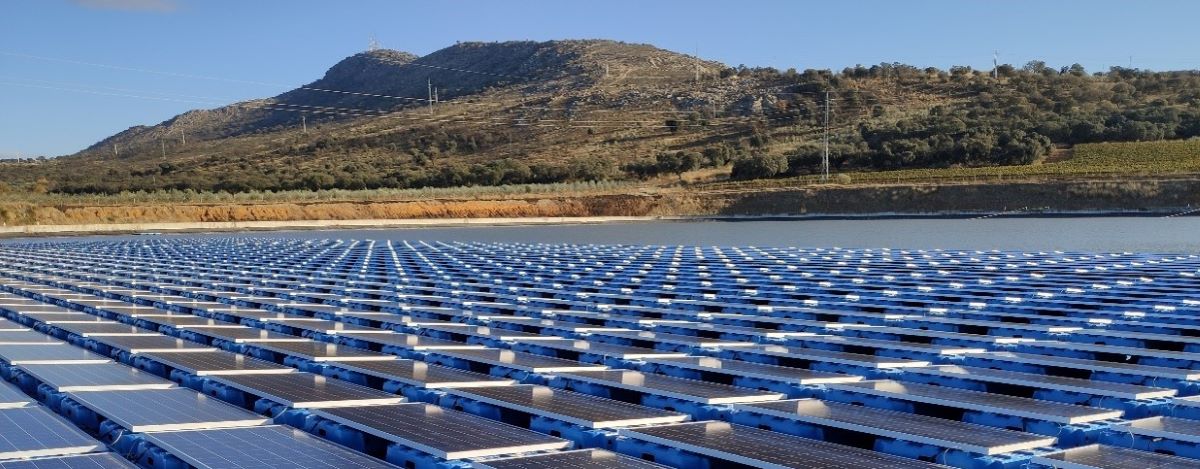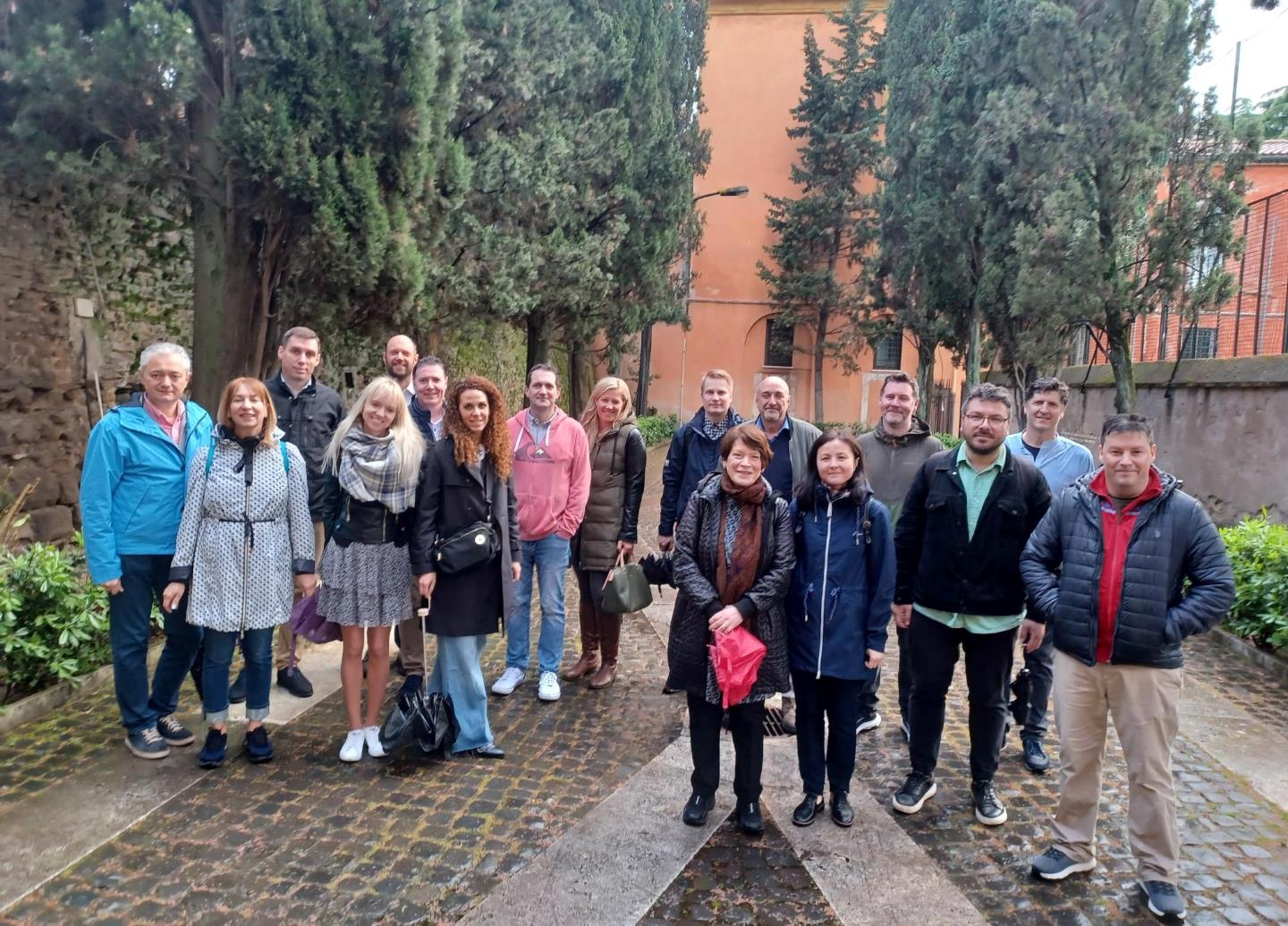The Bucharest-Ilfov region is located in the south-eastern part of Romania, more precisely in the centre of the Romanian Plain, being formed by two entities, respectively Ilfov County and Bucharest municipality. Ilfov County consists of 40 territorial administrative units, of which 8 cities, 32 communes and 91 villages. The city of Bucharest is made up of six sectors, arranged radially around the central area of the city. Bucharest - Ilfov region is the most populated region of the country, in 2018, the number of population residing in the region was 2 552 740 inhabitants, of which, Bucharest registered over 83.1% of the total population, the difference representing the county population Ilfov.
The agricultural area of Romania is about 14.6 million ha, representing 61.4% of the total area of the country. The share of the agricultural surface in Bucharest-Ilfov region is below the national average being 57,4% with 104 505 hectares of agricultural land. Regarding the distribution of arable land, the most important proportion is held by arable land 96.3%, followed by pastures and meadows 2.2% and land occupied by vineyards and orchards, which cumulatively represents only 1.5% of the total agricultural area. Regarding the dynamics of cultivated areas in 2020, compared to 2019, for the Bucharest - Ilfov region, there is a decrease of 740 ha, mainly from private agricultural holdings. In this context, the existence of 21 022 agricultural holdings is highlighted, with a surface of agricultural area of 64 277 ha, and depending on their destination, 86.7% are only with the agricultural land used while 13.3% are exclusive farms with livestock.
Regarding the Bucharest Ilfov region in terms of renewable energy sources, the analysis shows an installed capacity of 8 741 MW which includes both renewable sources (solar, biogas, waste) and hydrocarbons. Even if there are producers of electricity from renewable sources in the region, from the research carried out, the lack of renewable energy production in the agricultural sector is noticeable, until this date no such projects have been identified in our region. Regarding the production of thermal energy for the implementation of agricultural activities, in this case there are no concrete data to highlight a clear picture of the region, being used mainly biomass to generate the necessary thermal energy. Even though we are at the beginning of the road, the potential of the country and the region is high, with many renewable sources (wind, solar, biomass, thermal energy) and the policies that govern this field are either constantly changing or absent. which also generates a lack of confidence and interest in implementing such initiatives.
Based on the SWOT analysis on renewable energies in agricultural sector, the key parts that can contribute to the development of this sector have been identified, and if we correlate all this information, we can conclude the following:
- There is a high potential in the region in terms of the possibility of using geothermal, photovoltaic or biomass energy, a potential that is not supported by financial incentives to encourage investment in this direction.
- Although biomass is an important and truly rich resource in the country, it is not so widespread and used in the region.
- There is concern among regional actors regarding the development of renewable energy generation facilities for the agricultural sector.
- The low level of awareness of the benefits of producing and using renewable energy among farmers, coupled with the volatility of income and the lack of financial incentives to provide investment, determines the development of this sector.
- There is a lack of available strategies and funding for the construction of biogas plants, which use sewage sludge, manure sludge or food industry as raw materials.
- The territorial expansion of Bucharest increases the degree of urbanization of the region and therefore attracts the decrease of areas and agricultural activities.
- The development of resilient and flexible infrastructure will be central to the integration of renewable energy sources - a high degree of network stability can ease the energy transition
If you want to know more about the potential of this region, read the Regional Self-Assessment Report from Bucharest-Ilfov region.
